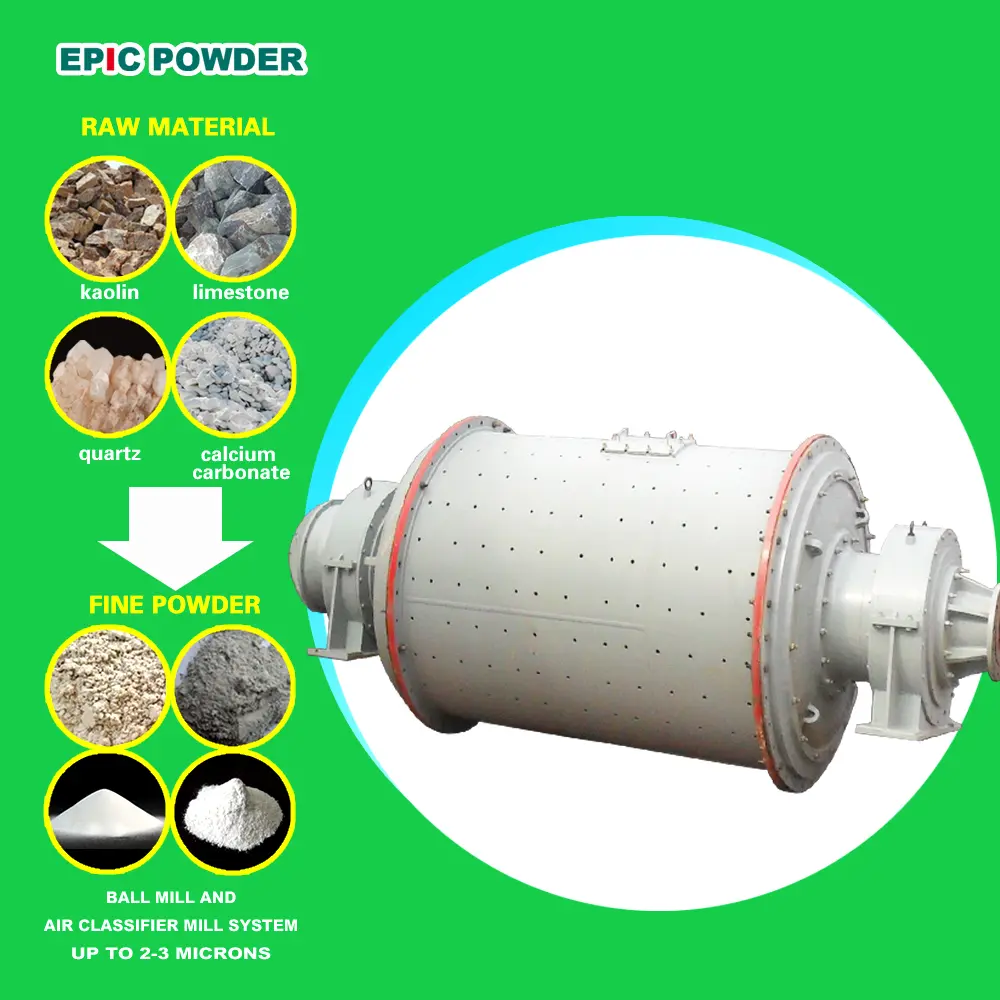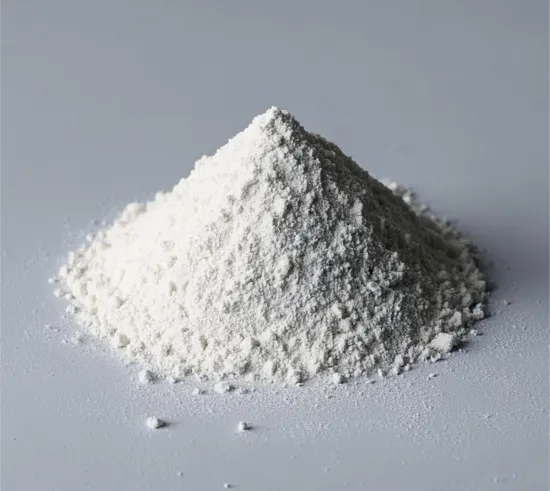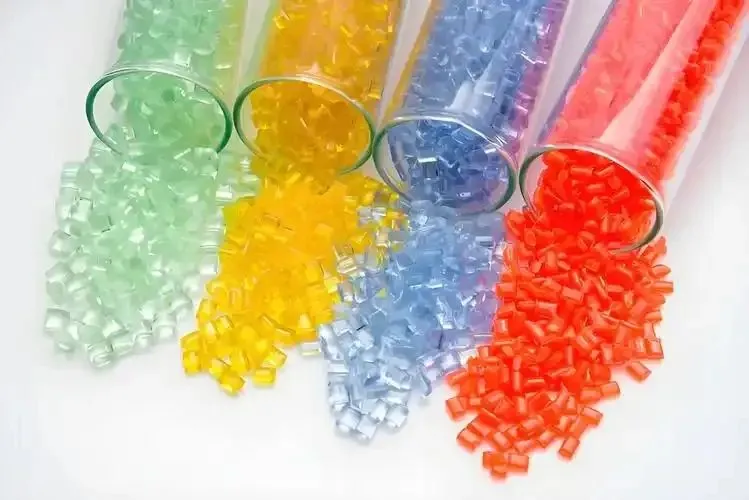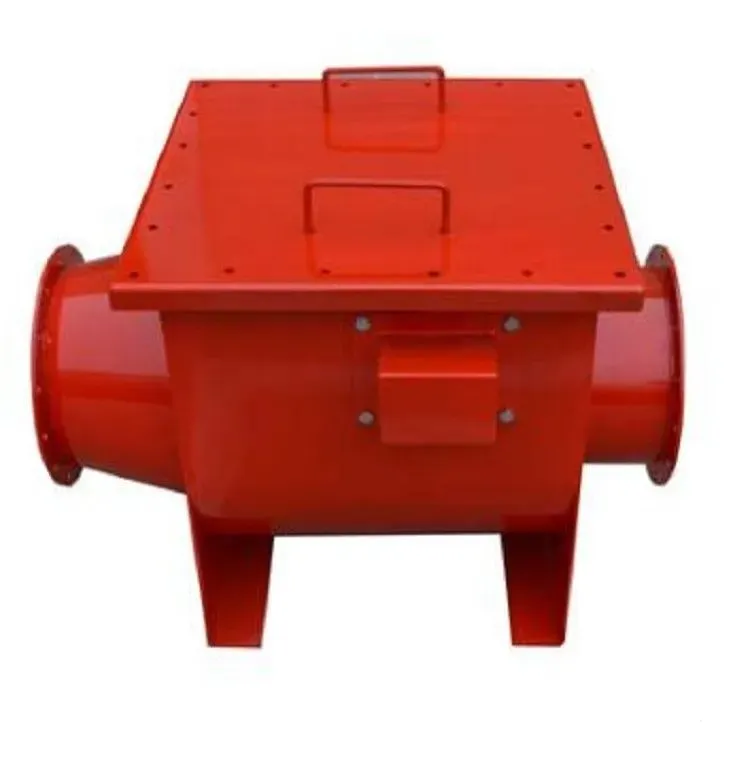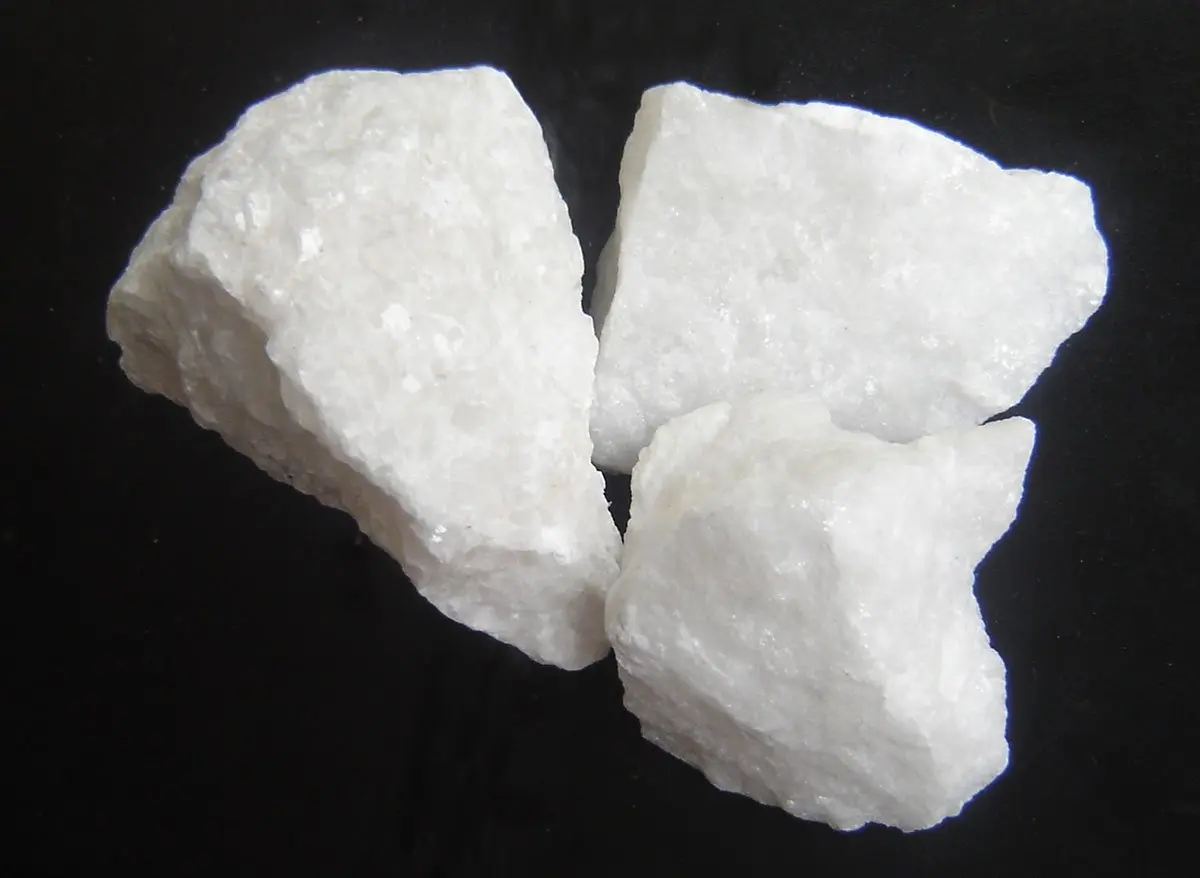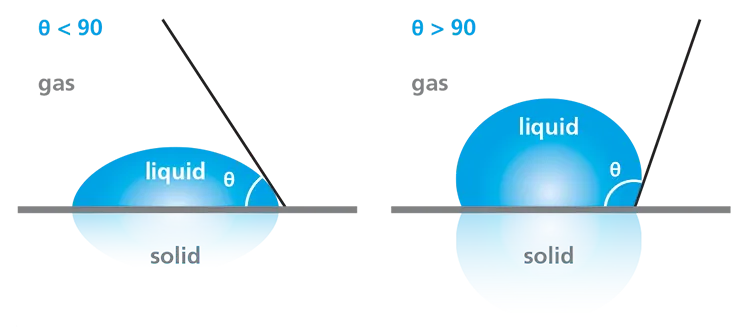Some Tips on Pressure in Pneumatic Conveying
Pneumatic conveying is a method of using compressed air to transport powdered or fine granular materials to a designated location. In the process of pneumatic conveying, conveying pressure is a key parameter that directly affects efficiency and reliability.
This article will explore in depth the requirements, losses, fluctuations, and optimization measures of pneumatic conveying pressure, providing reference for relevant engineering and technical personnel.
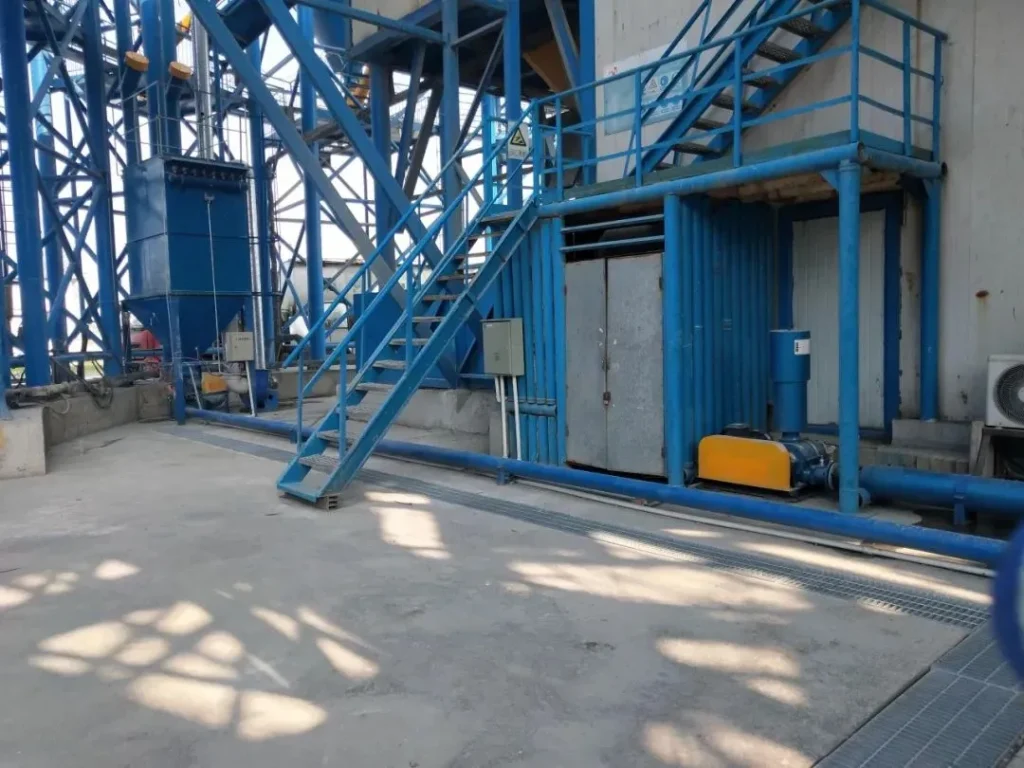
Pneumatic Conveying Pressure Requirements
The pressure requirements of the pneumatic conveying system depend on factors such as the characteristics of the conveying material, the conveying distance, and the pipeline layout. Generally speaking, the conveying pressure should meet the following requirements:
Sufficient Power: The conveying pressure needs to overcome friction resistance and the weight of the material in the pipeline, providing enough power to ensure stable material movement.
Prevent Pipeline Blockage: The conveying pressure should be high enough to prevent material deposition and blockages in the pipeline.
Ensure Conveying Efficiency: Appropriate conveying pressure can improve efficiency and reduce energy consumption.
Meet Equipment and Pipeline Pressure Levels: The conveying pressure must not exceed the design pressure of system equipment and pipelines to avoid safety hazards.
Depending on the application, pneumatic conveying pressure usually ranges from 0.1 to 0.6 MPa. For special cases involving long distances or high-density materials, higher pressures may be required.
Pressure Loss in Pneumatic Conveying
During the pneumatic conveying process, factors such as friction resistance and local resistance cause the conveying pressure to gradually decrease along the pipeline. This phenomenon is known as pressure loss. Excessive pressure loss can lead to insufficient conveying pressure and affect the overall efficiency.
The main factors affecting pressure loss are:
1. Pipeline Length: The longer the pipeline, the greater the pressure loss.
2. Pipe Diameter: A smaller pipe diameter increases friction resistance and, consequently, pressure loss.
3. Material Properties: The density, particle size, shape, and other properties of the material influence pressure loss.
4. Gas-Solid Ratio: The gas-solid ratio, which refers to the ratio of gas mass to solid mass, affects pressure loss. A higher gas-solid ratio generally results in lower pressure loss.
5. Pipeline Layout: Elbows, tees, and other pipe fittings introduce local resistance, increasing pressure loss.
To reduce pressure loss, consider the following measures:
Optimize pipeline design by reducing the number of elbows and increasing the pipe diameter.
Increase the gas-solid ratio and minimize material accumulation in the pipeline.
Select an appropriate conveying speed to avoid excessive friction loss from high speeds.
Use wear-resistant materials for pipes to reduce wall roughness.
Causes of Pressure Fluctuations in Pneumatic Conveying
Pressure fluctuations are common in pneumatic conveying systems and can affect system stability. The main causes of pressure fluctuations include:
Material Property Changes: Variations in particle size, moisture content, and other material properties can alter resistance and cause pressure fluctuations.
Equipment Failure: Failures in air compressors, warehouse pumps, or other equipment can prevent the system from maintaining stable pressure.
Pipeline Wear: Long-term operation can cause wear on the inner wall of the pipeline, increasing roughness, resistance, and pressure fluctuations.
Human Operation: Improper operations, such as sudden changes in valve openings, can lead to significant pressure changes.
To minimize pressure fluctuations, it is essential to:
1. Strengthen the monitoring and control of material properties.
2. Regularly maintain equipment and pipelines.
3. Establish standardized operating procedures.
Changes in the Pressure Inside the Tank of the Silo Pump Equipment
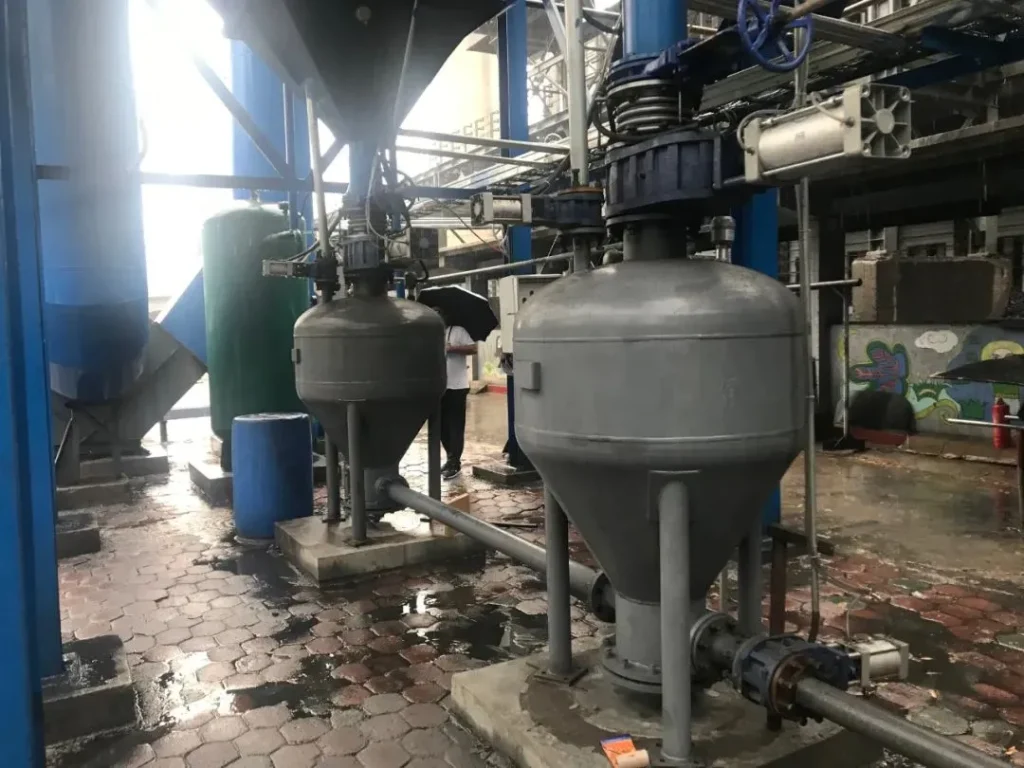
The silo pump equipment is a key component in a pneumatic conveying system, and the stability of the pressure inside the tank directly affects conveying performance. The main factors influencing the pressure inside the silo pump equipment tank are:
Feed Volume: An excessive feed volume can lead to material accumulation in the tank, causing an increase in pressure. Conversely, insufficient feed volume will result in a decrease in pressure inside the tank.
Discharge Speed: A slow discharge speed can cause material accumulation and increased pressure within the tank. On the other hand, a fast discharge speed may lead to a decrease in tank pressure.
Gas Supply: Fluctuations in the pressure and flow of the gas source can result in changes in the pressure inside the tank.
Sealing Performance: Worn or leaking sealing devices can cause a decrease in pressure inside the tank.
To maintain stable pressure inside the silo pump equipment tank, it is essential to:
1. Ensure that both feed volume and discharge speed are balanced to maintain stable pressure.
2. Keep the gas source supply consistent and stable.
3. Perform routine inspections and replace seals as needed to prevent leaks.
Conclusion
Pneumatic conveying pressure is crucial for ensuring the efficient and reliable operation of the conveying system. When designing and operating a pneumatic conveying system, it is important to consider pressure requirements, pressure loss, and pressure fluctuations, and implement appropriate optimization measures.
Additionally, strengthening the monitoring and control of system operating parameters and performing regular maintenance on equipment and pipelines are vital for ensuring the long-term stability of the pneumatic conveying system.
This article provides a comprehensive overview of the requirements, losses, fluctuations, and countermeasures related to pneumatic conveying pressure, offering valuable insights for engineering and technical personnel. In practical applications, it is also important to optimize design and adjustments according to specific working conditions to achieve the best conveying performance.

